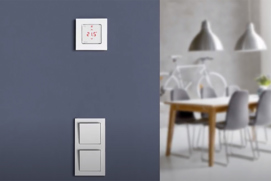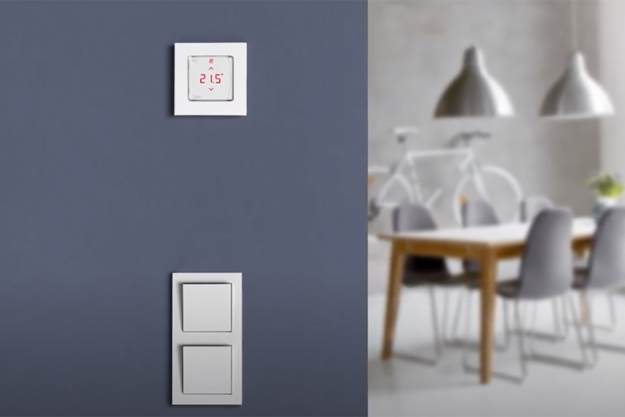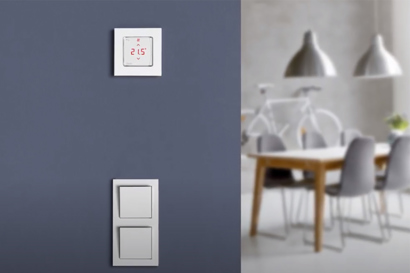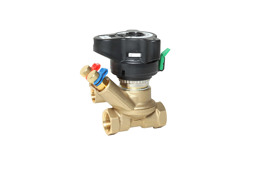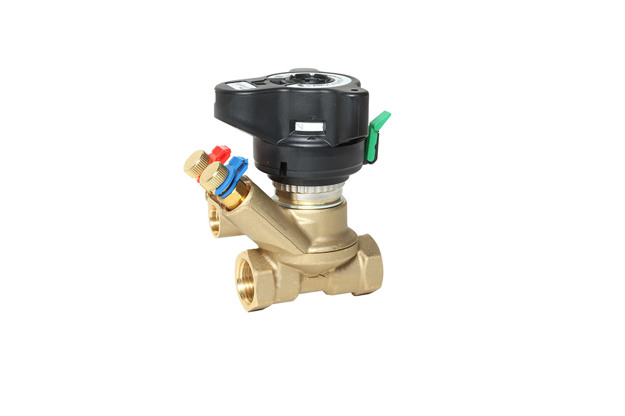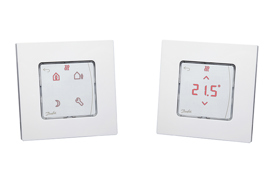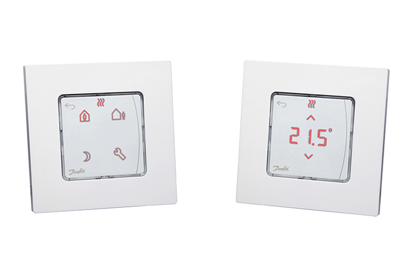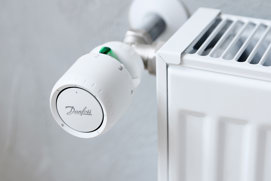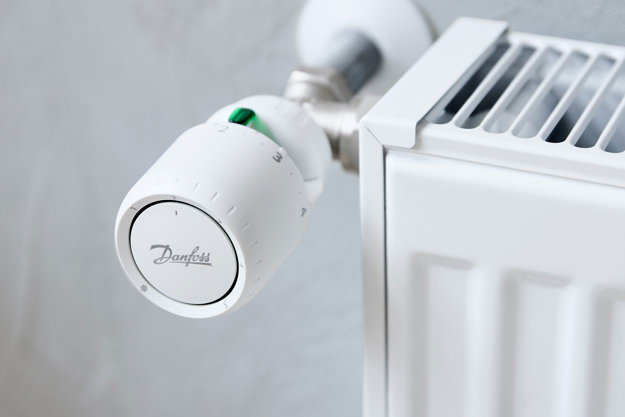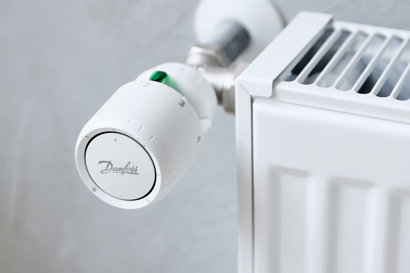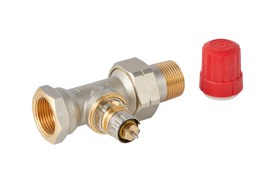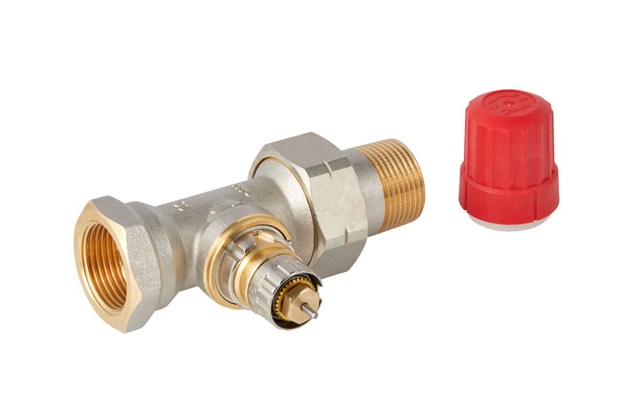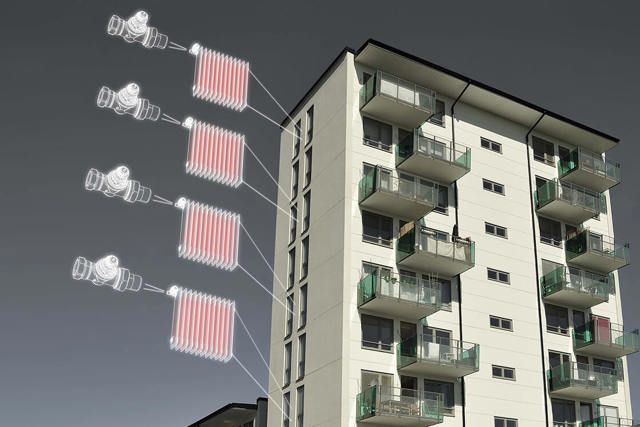How does static hydronic balancing work?
With static hydronic balancing, the mass flows are regulated manually, via pressure-dependent valves. Here, the mass flows are calculated and set exclusively for full load cases – efficiency-optimized heating water distribution is therefore only aimed at for the maximum utilization of the heating system. This means that the partial load case or varying load ratios cannot be mapped with this solution – which is why it is known as static balancing.
Related products
-
if (isSmallPicture) {


 Danfoss Icon2™
Danfoss Icon2™Fortschrittliche Fußbodenheizungsregelung für hydraulische Fußbodenheizungen, konzipiert für eine schnelle Installation und als Ergänzung des Innenraums. Alle Fußbodenheizungsprodukte können mit allen neuen Funktionen, die eine moderne Fußbodenheizungsregelung bieten kann, auf Danfoss Icon2™ umgestellt werden.
-
if (isSmallPicture) {


 Manuelle Strangventile
Manuelle StrangventileManuelle Strangventile bieten einen statischen hydraulischen Abgleich für viele HLK-Anwendungen. Die Ventile begrenzen den Durchfluss in die verschiedenen Stränge von Heizungssystemen. Da manuelle Strangventile nicht auf schwankende Bedingungen reagieren können, empfehlen wir den Einsatz solcher Ventile in Systemen mit konstantem Durchfluss.
-
if (isSmallPicture) {


 Danfoss Icon™ Support
Danfoss Icon™ SupportKlicken Sie hier, um Dokumentation, Softwareinformationen, Installationsvideos und Anleitungen zu finden.
-
if (isSmallPicture) {


 Mechanische, intelligente oder Design-Thermostate
Mechanische, intelligente oder Design-ThermostateDanfoss Heizkörperthermostate halten die Raumtemperatur für jeden Raum auf dem gewünschten Niveau und tragen zur Senkung des Energieverbrauchs bei. Mechanische Thermostate, Design-Thermostate oder elektronische Thermostate – hier finden Sie sie alle.
-
if (isSmallPicture) {


 Ventilgehäuse
VentilgehäuseRobust gebaut und auf die Anforderungen des gewerblichen und industriellen Bereichs ausgelegt, steht ein umfassendes Programm an Danfoss Ventilgehäusen für nahezu alle Systeme und Einbaubedingungen zur Verfügung.


